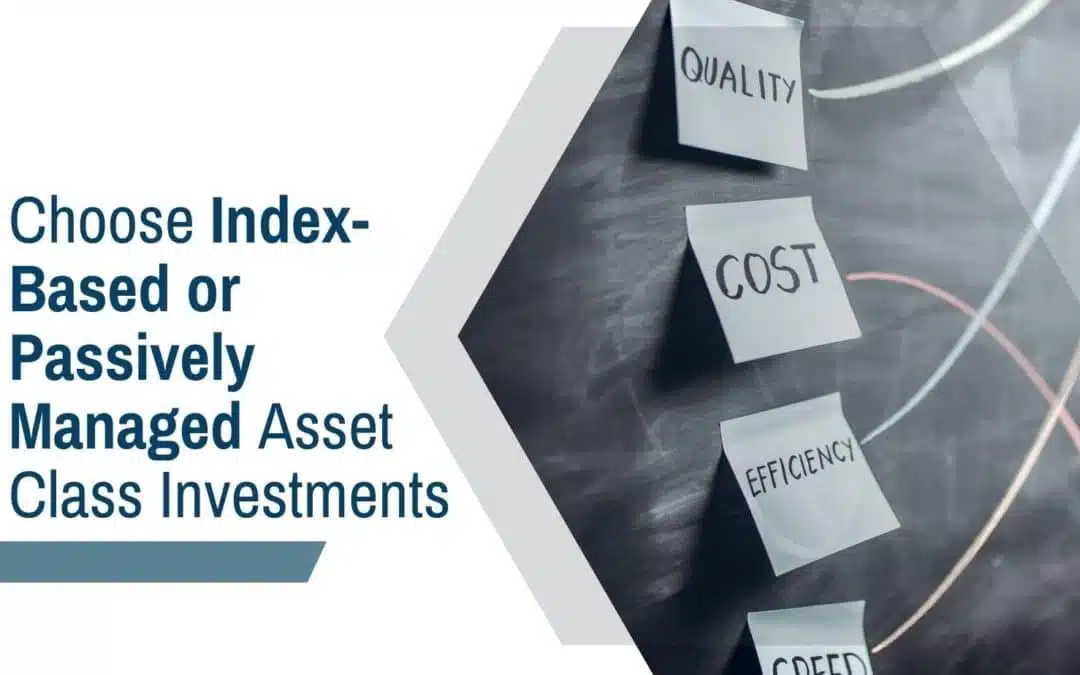the empowered investor
The Paradox of Behavioural Biases and Investment Instincts
Investment Pitfall #5:
Letting Emotions and Behavioral Biases Influence Your Investment Activity
Key Takeaways
- Our brains create many behavioural biases, mostly as byproducts of our basic survival instincts. Unfortunately, those same amazing instincts that have helped us survive as a species often detract from our best investment behaviour.
- To illustrate, even seeing numbers depicted in red rather than black can colour your outlook about them and your investment prospects.
- There are a number of behavioural biases that detract from your end returns. These include (but are not limited to): herding, mental accounting, availability, loss aversion, hindsight bias, confirmation bias, home bias, and overconfidence.
- How do you protect against an invisible enemy like behavioural bias? Four lines of defense can help: education, process, time, and objective advice.
“Our ability to forecast, anticipate and worry may separate us from the rest of the animal kingdom, but it can also separate us from a great deal of money.”
Once upon a time, the human brain was formed. It was a magnificent creation, empowering homo sapiens to survive and thrive as a species.
That was some 300,000 years ago; miraculously, that same brain is still large and in charge today … which brings us to the final, and perhaps greatest investment pitfall in our Empowered Investor blog series: The same amazing instincts that secure our safety as a species tend to detract from our survival skills as investors.
SEEING ISN’T ALWAYS BELIEVING
In our past several Empowered Investor posts, we’ve reviewed other common investor pitfalls, including failing to have an investment philosophy, and failing to diversify your investments. Instead, investors often succumb to market-timing and performance chasing, based on flimsy forecasts.
By recognizing these common pitfalls, it becomes easier to sidestep them. But even being forewarned isn’t always enough. We must also be attuned to the many behavioural biases that routinely sabotage the rational choices we should be making as investors.
To offer one illustration (out of an endless supply!), did you know that simply seeing a number in red triggers your brain to react defensively? In “It’s the Little Things That Can Color an Investor’s Outlook, Wall Street Journal columnist and Your Money & Your Brain author Jason Zweig shares an academic inquiry into this fascinating phenomenon. Investors who viewed numbers in red vs. black were more risk averse and pessimistic about future returns. There were two telling exceptions: Colorblind individuals were immune, and the effects “were muted in China, where red represents prosperity.”
See for yourself:
$20,000 $20,000
Be honest, which one struck you as more likely being a loss than a gain?
BEHAVIOURAL BIASES AND THE DAMAGE DONE
Because we are all human, we all have behavioural biases that sometimes overpower our rational resolve. They trick us into investing irrationally and harming our end returns—even when we know better. As The Behavioral Investor author Daniel Crosby wrote:
“The fact that your brain becomes more risk seeking in bull markets and more conservative in bear markets means that you are neurologically predisposed to violate the first rule of investing, ‘buy low and sell high.’”
Here are some of the most daunting behavioural biases, which we also described in our book, The Empowered Investor:
- Herding behaviour: The desire to be part of the crowd and the assumption that the majority knows best.
- Mental accounting: Treating some money (such as regular pay or an unexpected bonus) differently than other money.
- Availability bias: Using the most readily available information, rather than all the relevant information, to make decisions.
- Loss aversion: Basing decisions on the desire to avoid losses rather than to achieve gains.
- Hindsight bias: The conviction that a recent unexpected event could have been foreseen. Such as, “It was obvious that a financial crisis was going to occur in 2008.” We subconsciously convince ourselves in retrospect that we saw it coming.
- Confirmation bias: Looking for evidence and research to confirm existing investment beliefs and disregarding evidence and research to the contrary.
- Home bias: The idea that investing in one’s own country is safer because it is more familiar.
- Confidence bias: Overconfidence in one’s investment assessments, partly due to the human tendency to optimistically overrate one’s own luck or abilities.
YOUR BEST DEFENSE AGAINST BEHAVIOURAL BIASES
How can you prevent a behavioural bias from influencing your investment decisions when you don’t even know it’s there? As we covered in our post, “Lowering the Volume on Investment Noise,” you can minimize the noisy influence your behavioural biases have and make better investment decisions through three lines of defense:
- Focus on education and awareness, so you learn how to differentiate the noise from the knowledge you need to make informed investment decisions.
- Have a process in place, to guide you past the distractions. Even once you recognize noise for what it is, it can still push you off-course if you have nothing to fall back on.
- Appreciate that time is on your side. When you encounter investment noise, treat it like a low-grade headache: Go somewhere quiet, and let time work its healing power.
We would add one more line of defense to tackle the noise from within, i.e., your behavioural biases:
- Seek an objective second opinion. Research into behavioural finance has also identified that we are prone to blind spot bias. That is, while we can readily see when someone else is succumbing to a behavioural bias, we usually can’t see it in ourselves. An objective, well-informed advisor (or a similar impartial source who is familiar with behavioural finance) can alert you when a bias may be haunting your financial dreams.
That’s it on our series of investment pitfalls. Moving forward, we’ll show you how to move past all the pitfalls by taking control of your personal financial plan throughout your life. If you have questions or comments about what you’ve read so far, please reach out to us today. We’d love to hear from you!
Additional Reading:
- The Behavioral Investor: Daniel Crosby
- Your Money and Your Brain: Jason Zweig
- And, as always, our own book: The Empowered Investor
More Winning Investment Principals

Investment Principal #4: Maximize Returns with Key Investment Factors
Discover how investment factors can help you maximize returns. Learn strategic factor investing to enhance your portfolio.

Investment Principal #3: Using Passive/Index Funds or ETFs
Index-based or passive asset class funds focus on how to reduce the costs and frictions involved in capturing the market’s generous expected returns over time.

Investment Principal #2: Diversify Your Asset Classes
The magic behind diversification is found in a financial measure known as correlation, or the degree to which two asset classes move in similar patterns.
Stay on top of your financial education
Subcribe and follow to get updates on important wealth management topics.

Connect
Visit Us
3535 St-Charles Blvd.
Suite 703
Kirkland, Quebec
H9H 5B9
Connect
